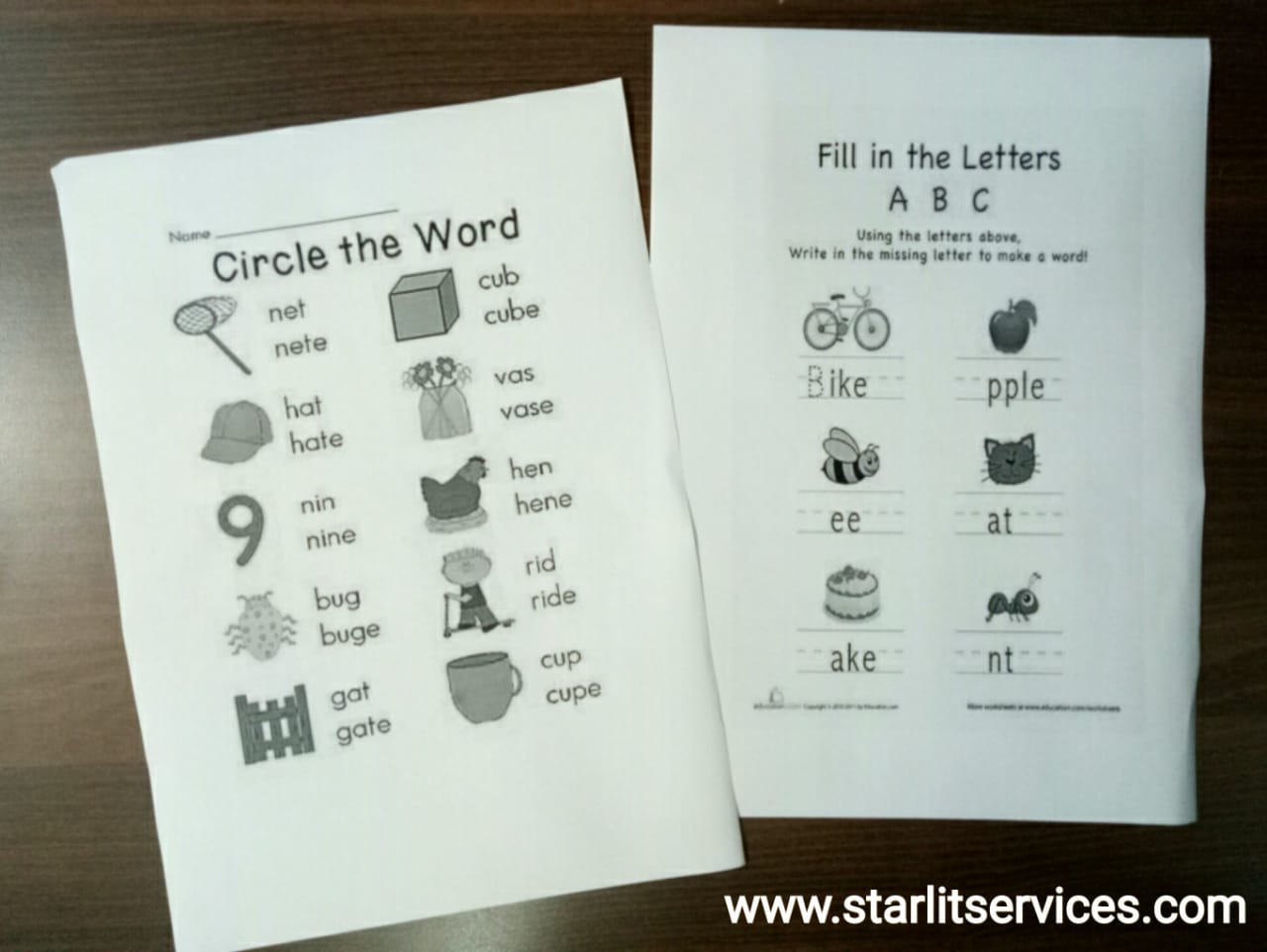In our last post, we talked about academic concerns focusing on reading difficulties and interventions that help develop or refine a child’s reading skills. Here, we talk in depth about various concerns with Writing and Concept understanding for special needs kids. Also discussed are games, intervention strategies and practice exercises that can help.
Before going on, we’d suggest you have a quick glance at the section where we distinguish Academic CONCERNS from Academic BEHAVIOR in the Part 1 of this post.
WRITING
A child as young as 2 years old, typically, learns to hold the pencil or crayon between the fingers and scribble. ( Kids at this stage can help you redecorate your walls! And we’d suggest you let them. Read on to know why.)
For kids with special needs, fine and gross motor skills may take time to develop thus making writing particularly hard for them. There are many other academic concerns that can develop as a child grows older due to poor writing and comprehending ability.
To help a special needs child enhance his/her writing skills, the first step is to assess which stage is the child’s writing currently on.
Writing as a skill develops typically in 6 stages:
1. Early experiences
2. Pre writing skills
3. Letters
4. Words
5. Sentences
6. Paragraphs
Determining what level s(he) is at currently. This will help you in deciding what goals to formulate and where to aim.
ASSESSMENT
STAGE 1 : Early experiences
Take a moment and try to remember the first academic thing you learnt as a child. You’d probably recall reciting A – Z confidently in your lisping voice.
Generally, we tend to verbally teach children a few things before formal schooling. Like, A – Z or 1 -10. Speaking theoretically, early experiences teach kids the basic processes of Identification, finding out the Similarity and Differences.
Identification is if the child is able to tell what an object is.
For example- This is a bottle.
This also includes being able to answer questions like ‘Which shape is the bottle in?’ , ‘What is the color of the bottle?’ Etc.
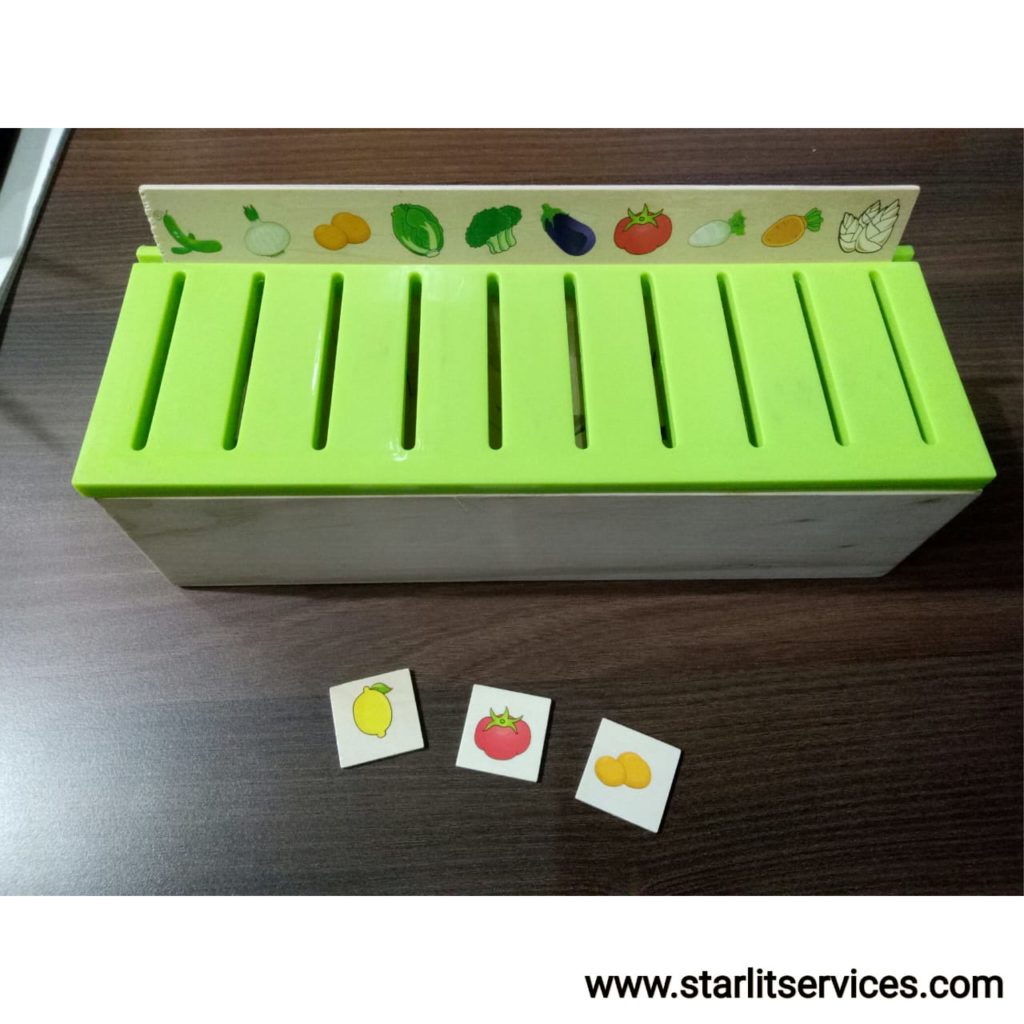
Additionally, look if the child is able to recognize the similarity between two objects.
‘Is the color of both bottles same?’
Recognizing differences is equally important. Like, being able to tell the difference between a bird chirping and a horn honk.
STAGE 2 : Pre writing skills
At this stage comes the awareness of the position the child is comfortable writing in. Like sitting on a chair with hands on the desk at a 90 degree angle, for example. Or writing on the wall (As annoying as it could be, give your child the exposure to that posture. You don’t have to let him/her go wild on the walls. Try pasting a huge piece of paper on the wall to preserve the interests of both sides)
This is the time where ideally, kids are free to develop their upper body muscles. Letting the child use both his hands to write or scribble.
Developing the pencil grip (fine motors) by introducing crayons, paint brushes, clay etc.
Also, helping develop the eye hand coordination by letting the child pick up a paper, fold and cut it etc.
STAGE 3 : Letters
Once the child has passed through the first two stages, then is the time we formally start teaching them letters.
When assessing, see if the child is able to understand the formation of letters – standing, sleeping, curved lines, capital and small letters etc. This is a primary academic concern seen in most kids who struggle with writing.
Play letter detective games. Like, asking the child to pick out letter D from a bunch of foam letters.
Another important skill that develops at this stage is writing between lines. See if the child is able to trace a letter, stay within the red and blue lines or within the box with numbers.
This also gives a fair idea if the child’s attention levels.
NOTE: Do not teach letters and phonic sounds of letters together. This is simply confusing to the child. Only when the child is thorough with all the rules of writing, then you may move on to teach the phonic sounds.
STAGE 4 : Words
By this time, a child, ideally, is able to name things verbally. That is, he/she has developed a vocabulary of a good 40 – 70 words. But when it comes to writing them, spellings come to the forefront. A child should be able to spell words correctly apart from just knowing them.
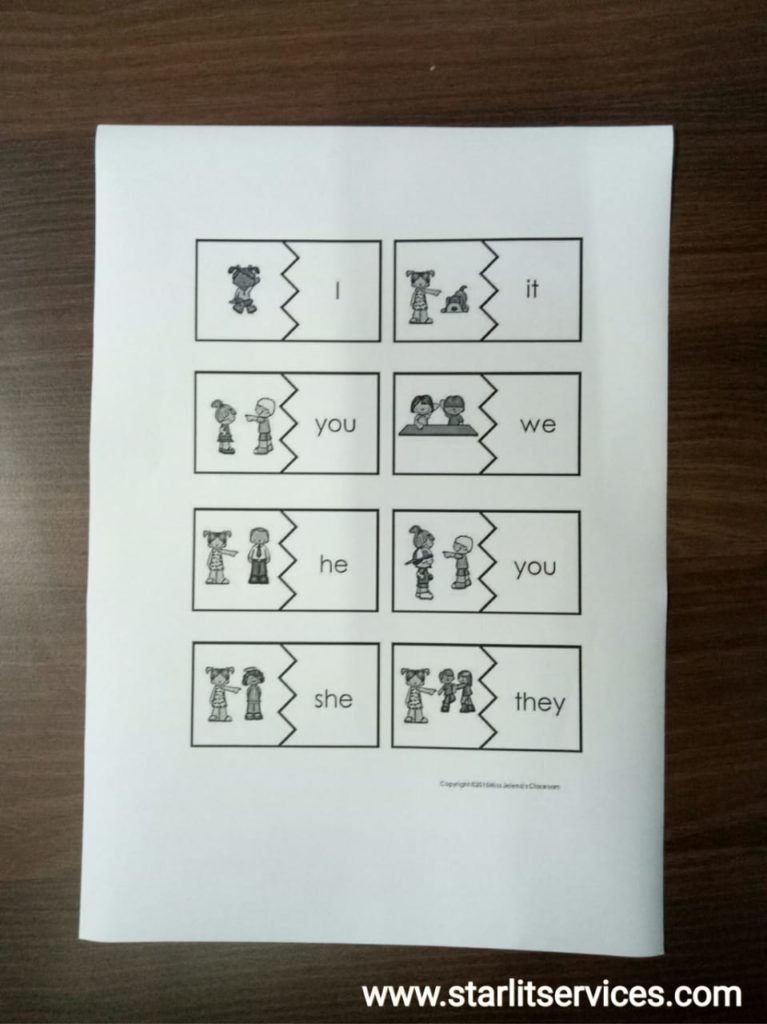
Simple 3 – 4 letter words are easy to break and spell. Like, when you ask a child to write ‘fun’, s(he) must be able to break the word – fa uh na – and write ‘fun’.
Also important is that the kid understands spacing between letters and words.
A child should likewise be able to copy things from the board or another book.
STAGE 5 : Sentences
Here, a child is expected to know a good number of words. The kid must be able to decide on the correct punctuation to be used.
Basic grammar rules like the subject – verb – object format generally helps in forming sentences and is a great tool to overcome this academic concern. Ideally, by this stage, a child must have no difficulty in writing at least 5 – 6 sentences on an object, independently.
(Remember the tiny essays on ‘ My self’ , ‘My school’, ‘My mother’ etc)
STAGE 6 : Paragraphs
Children usually have difficulty in describing things in detail. Writing paragraphs as a skill comes in much later in kids.
Introduce the kid to the “ is, has, can” trick here.
When asked to write on an object, say a tiffin box, ask the child to write what is tiffin box IS…. (a square / rectangle), what it HAS…..( pasta in it ) and what it CAN…… (keep my lunch hot)
When assessing a child for this skill, focus on the accuracy as well as the speed. Take up time bound writing activities for assessment.
STRATEGIES TO DEVELOP SKILLS AT EACH OF THE STAGES:
Once you’ve identified on which stage the child is currently and what specifically s(he) needs help with, you can plan the goals and materials to be used. A systematic plan will aid in helping the child overcome all the academic concerns one by one. Remember, too many goals is similar to having too many cooks.
NOTE: It is important, especially when working with special needs kids, to build their interest in the activities. Take note of everything the child likes and dislikes. Customize all the activities for all concerns as per the child’s liking themes.
For instance, if the child loves cars, give him tracing, cutting, painting a car or writing about a car activities.
STAGE 1 : Early experiences :
1. Poems and actions
Try classic nursery rhymes like ‘Johnny Johnny’ or ‘ Jack and Jill’. Read it to the child in a sing song manner, act along with the kid. It is fun and also a good learning experience.
2. Sequencing materials
Use a magnetic board and ask the child to sequence A – Z on it or 1 – 10. This gives them a practice of what they’ve mastered verbally with their moms at home. It is important to use different materials so the kids don’t get fixated on one. Modify the form of the alphabet and numbers but do not change the font too frequently.
3. Tracing and scanning
Have the child paint, finger trace or air trace the letters. Tracing books also help a great deal, if you can make it interesting enough to the child.
STAGE 2 : Pre writing skills
1. Muscle use activities
Clay, crayons, paint brushes, rolling pens, glitter squeezing, cutting and pasting are all activities which work upon the finger grip and fine motor skills. These in turn help build the muscle tone which helps in writing. Get creative and let the child explore different angles, grips, using both hands etc.
2. Eye-hand coordination
There is a plethora of materials that help build effective eye hand coordination in children. Some activities you can try out for yourself could be:
a) scribbling within a box / line
b) painting
c) standing and writing ( like on a whiteboard) , sitting down on the floor and writing
d) Games like “Throw the ball on alphabet A” or “Find and paste alphabet M” can help.
STAGE 3 : Letters
1. Understanding Formation
a) As mentioned above, standing lines, curves etc must be practiced.
You can use clay or a sand tray to have the child form the letter in. Writing between the lines, in boxes, can be practiced using a graph paper or tracing worksheets.
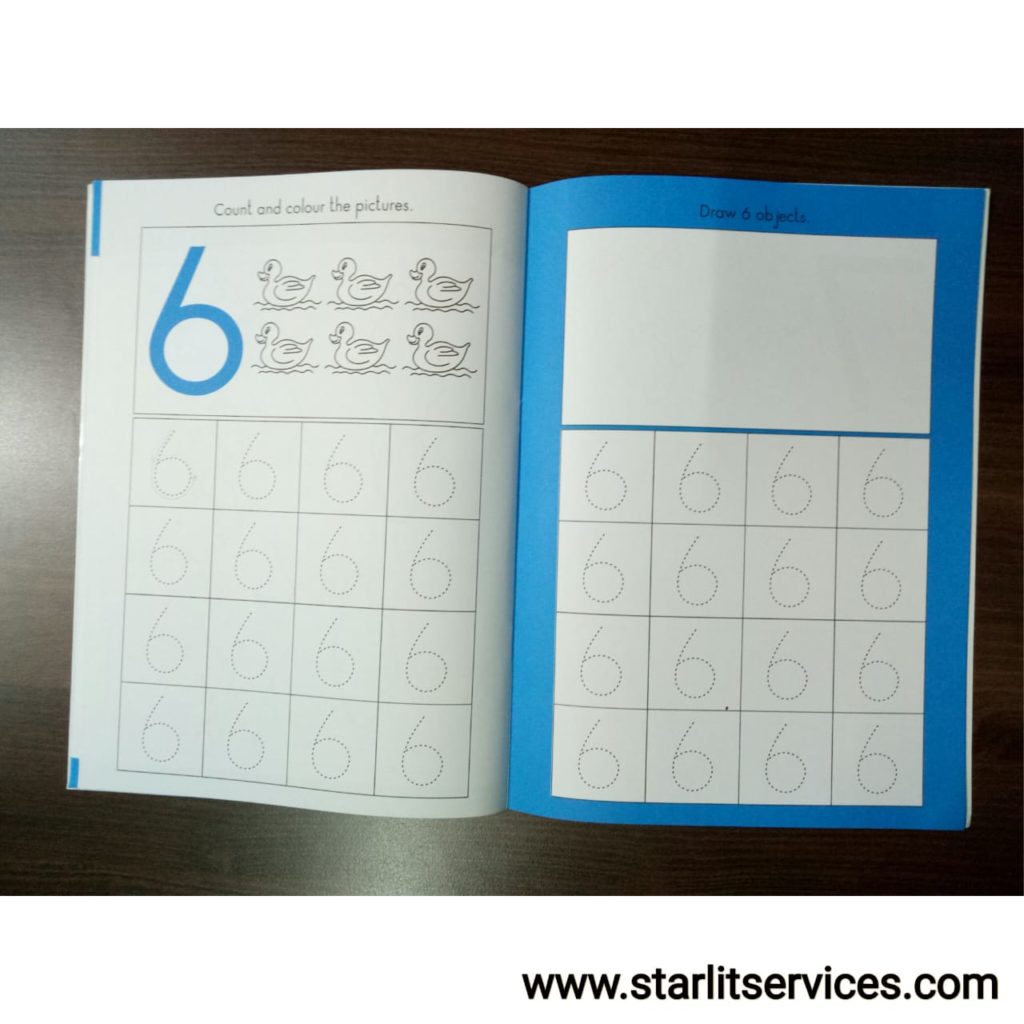
b) The difference between capital and small letters must be clear.
To help with small letters, use phrases like,
Monkey letters come with a tail – g, y, j etc.
Chicken letters fits in 2 lines – a, u, o etc.
Giraffe letters are tall – k, t, f, h etc.
2. Identification
a) To make sure that the child understands that ‘A’ and ‘a’ refer to the same letter, you can have the child match the identical letters in the upper and lower case.
b) Catch me silly – Write the letter wrong and ask the child to identify the mistake and correct it.
You can use tripod grippers to help with the pencil grip.
STAGE 4 : Words
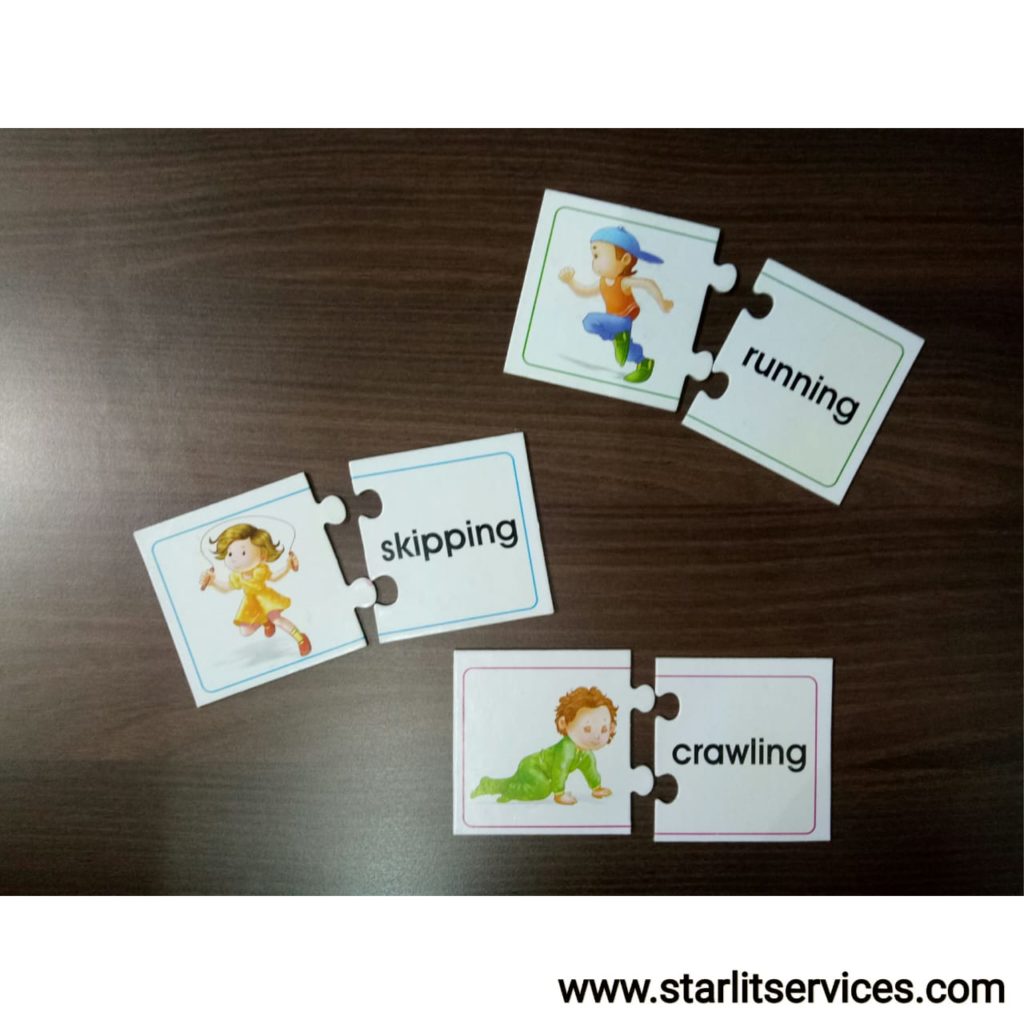
1. Reading story books with 2 letter or 3 – 4 letter words
2. Pictionary – In a manner of labeling the child’s drawings and doodles, as discussed above.
3. Word search games
4. Catch me silly – Write the word wrong and ask the child to identify the
error and correct it.
5. Choose the right spelling worksheets – Having the child to pick out the correct spelling of a word from the incorrect alternatives.
STAGE 5 : Sentences
1. Spacing – Using a candy stick and placing it after every word the child writes to reinforce appropriate spacing between words. You can also draw blocks using a pencil and ask the child to write the word within the boundaries.
2. Speed – Time bound writing practice. Reducing the time gradually to reinforce fast writing.
3. Grammar rules – Punctuation, the structure of sentence activities.
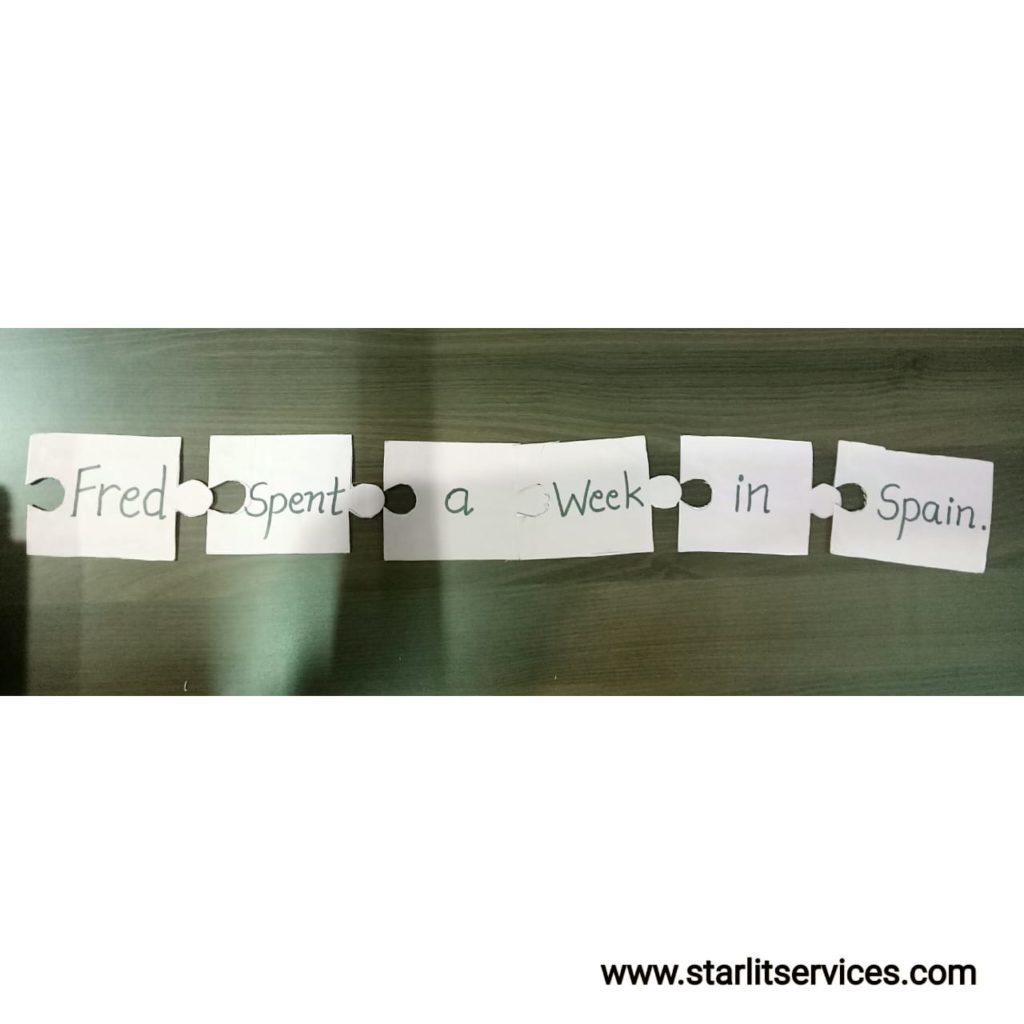
STAGE 6 : Paragraphs
1. Para planners – Mind map worksheets to summarize the idea beforehand. These also help the child understand the structure of a paragraph like Title, main idea, body and end.
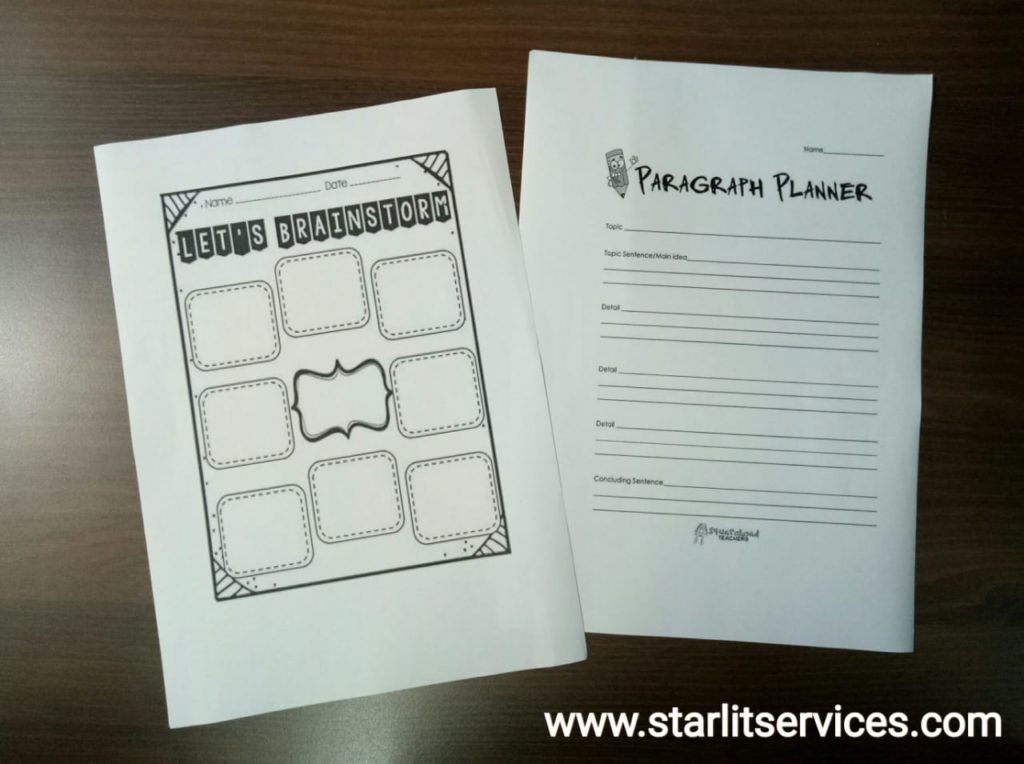
3. Is, Has, Can rule – as discussed above.
CONCEPT DEVELOPMENT
From the very beginning, kids usually understand if an object is Big / Small, in the Left / Right, is Tall/ Short etc. It is important to do a lot of activities to help kids understand the position, speed and number of objects. A lot of material and worksheets are particularly designed for the same. Counting worksheets, odd and even worksheets, preposition sheets etc. help a great deal.
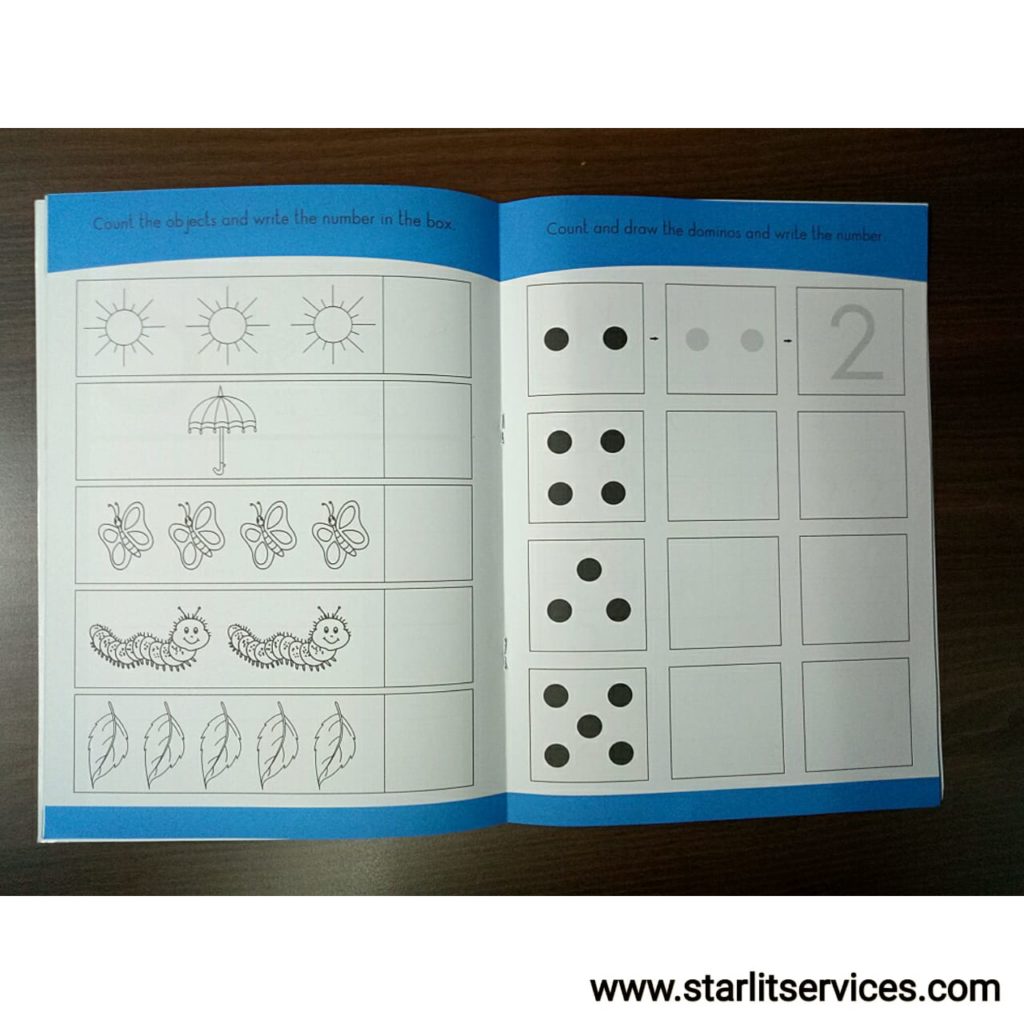
Model instructions for the child to understand concepts like ‘on’ , ‘under’ etc.
Eg- You may say, Pick up the bag which is ON the table, taping up on the table.
You will have to get creative to explain various attributes of concepts ( Like, a triangle has 3 sides) or abstract concepts ( like, freedom, honestly) to special needs kids.
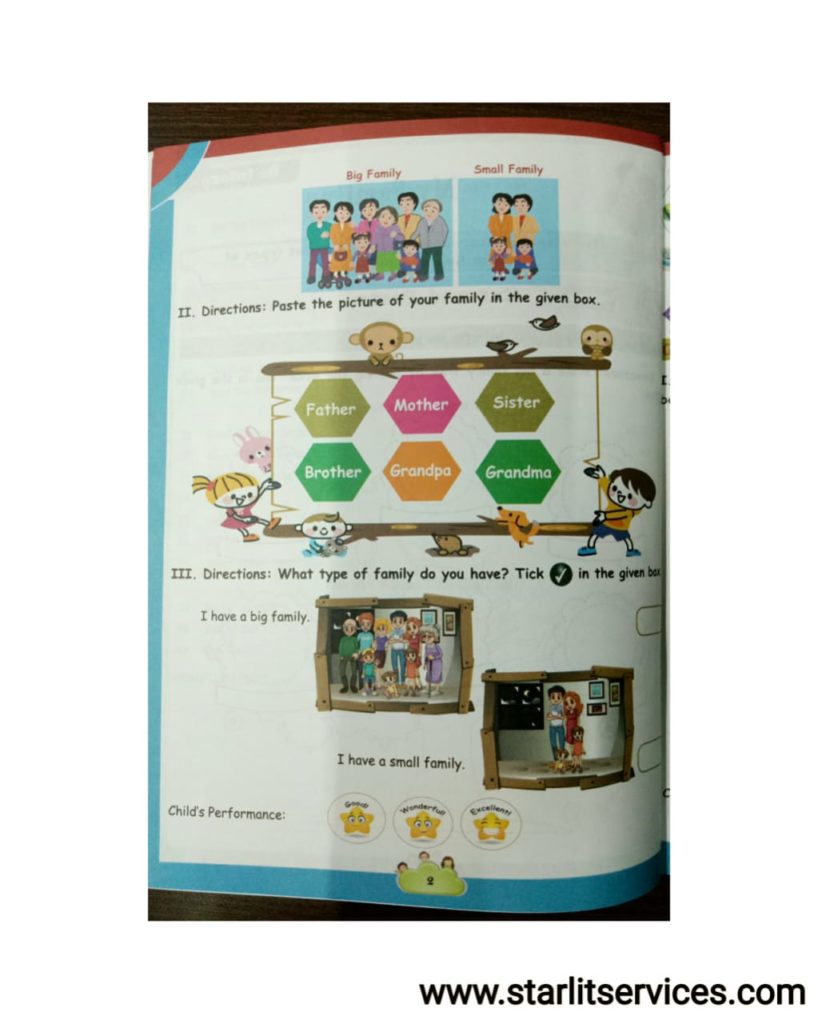
This road is difficult, for sure. For the kids as well as for teachers and parents. Studying is seldom interesting to children. But early academic interventions and techniques can help them outgrow their difficulties. So use all the resources you have, custom make the materials and get started!
Academic concerns interrupt a child’s school learning which in turn disturbs a child’s overall mental development. We, at Starlit, provide shadow teaching and counseling services to special needs children. Our trained and qualified special educators help special needs kids overcome various academic as well as social and behavioral concerns. To know more about our services, visit www.starlitservices.com

